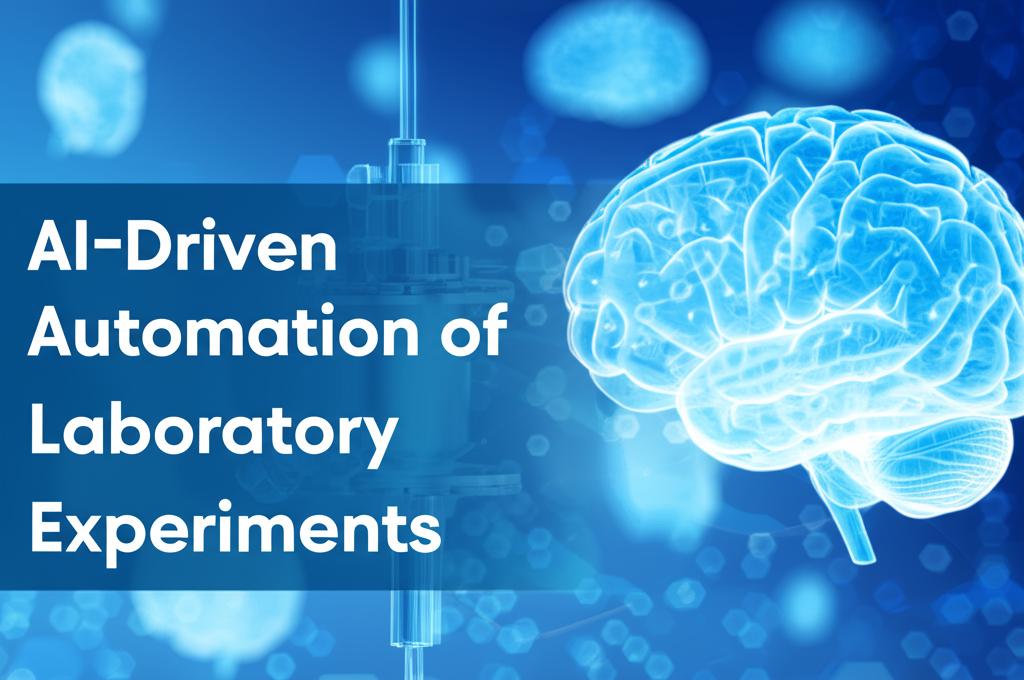Scientific laboratories across various disciplines, including chemistry, biology, materials science, and clinical diagnostics, are undergoing a significant transformation fueled by the integration of Artificial Intelligence (AI) and robotic automation. This synergy is poised to dramatically accelerate the pace of scientific discovery, enhancing precision, efficiency, and the overall capacity for innovation.
The traditional scientific method, often characterized by time-consuming trial-and-error processes, is being revolutionized. Robotic systems handle the physical execution of experiments with consistency and endurance far exceeding human capabilities. They can operate continuously, manage hazardous materials safely, and perform repetitive tasks like liquid handling or sample preparation with high precision. This automation frees researchers from laborious manual work, enabling them to focus on higher-level strategic thinking, experimental design, and data interpretation.
AI elevates automation beyond mere task execution. It introduces intelligence into the laboratory workflow, capable of analyzing vast datasets generated by experiments, identifying complex patterns, predicting outcomes, and even suggesting novel research directions or new compounds. AI algorithms are adept at designing experiments using techniques like Bayesian optimization, simulating conditions to find optimal setups with fewer iterations, thereby saving time and resources. In fields like drug discovery, AI analyzes historical data to predict compound performance, significantly accelerating the identification of promising candidates.
This leads to the concept of "self-driving" or autonomous labs, where the entire research cycle—Design-Make-Test-Analyze (DMTA)—can become largely automated. AI can determine which experiments to conduct based on previous results, make real-time adjustments to protocols, and continuously optimize the research process. Examples include Berkeley Lab's A-Lab for accelerated materials discovery, which uses AI-guided robots to synthesize and test materials much faster than humans. In clinical settings, AI aids in analyzing medical images, automating spectral analysis for disease detection, improving quality control, and even predicting test results or workflow volumes.
The benefits of this AI-driven automation are substantial. Laboratories experience significantly reduced experiment turnaround times, increased throughput, and improved reproducibility due to minimized human error. Data quality and reliability are enhanced, which is critical, particularly in fields facing reproducibility challenges. While initial investments can be high, long-term cost savings are achieved through optimized resource allocation, reduced waste, and increased operational efficiency. Predictive maintenance powered by AI also helps minimize costly equipment downtime.
However, the transition is not without challenges. Significant technical and logistical hurdles exist, including the need for flexible automation systems adaptable to diverse lab environments and the seamless integration of various instruments and software. High implementation costs can be a barrier, especially for smaller labs. Concerns around data privacy, security, and the ethical implications of AI decision-making must be addressed. Careful monitoring is also required, for instance, to prevent the accidental creation of hazardous materials by autonomous systems. Furthermore, adapting the workforce through new training programs is essential to equip scientists with the skills needed to collaborate effectively with these advanced systems.
Looking ahead, the integration of AI in lab automation will likely deepen. Capabilities are expected to expand to handle more complex, multi-step research tasks autonomously. We anticipate more sophisticated AI, including large language models and cognitive systems, that can converse with scientists, understand context, and proactively contribute to experimental planning. The rise of virtual labs, combining computational modeling with AI insights, further promises to reduce the need for physical space and materials while enhancing simulation capabilities. Accessibility is also improving through low-code/no-code AI platforms, democratizing these powerful tools for a wider range of research institutions.
Ultimately, AI-driven automation is reshaping the scientific landscape, transforming laboratories into highly efficient, intelligent factories of discovery. This shift enables faster breakthroughs in critical areas like medicine, energy, and materials science, signifying a new era where human intellect is amplified by artificial intelligence to push the boundaries of knowledge.

